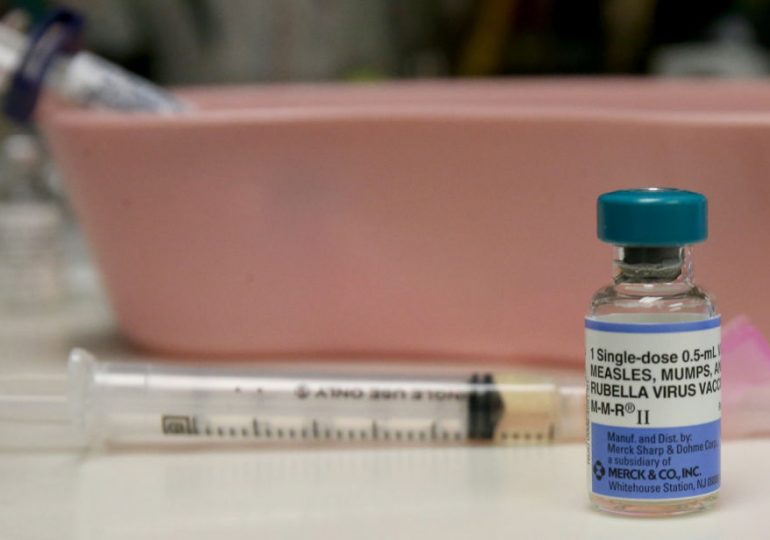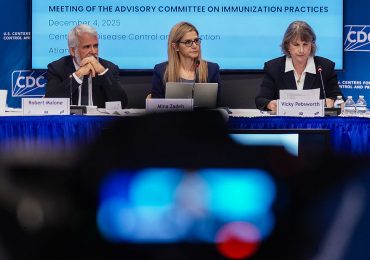Parts of Texas and New Mexico have been struck by measles outbreaks, sickening nearly 100 people, health officials announced last week.
The Texas Department of State Health Services said Friday that 90 cases have been identified in the state since January, and the New Mexico Department of Health reported nine cases on Friday. Most of the patients in Texas are either unvaccinated or their vaccination status is unknown, according to state health officials. The news comes a week after Robert F. Kennedy Jr., a vaccine skeptic, was confirmed to run the country’s leading health agency, sparking outrage and concern among public health experts.
[time-brightcove not-tgx=”true”]
Measles is a highly contagious airborne disease caused by a virus, and can be severe or even fatal. According to the U.S. Centers for Disease Control and Prevention (CDC), the best way to protect yourself against measles is to get vaccinated. Here, TIME answers all your questions about the vaccine.
What is the measles vaccine?
People can get the measles, mumps, and rubella (MMR) vaccine to protect themselves against all three diseases. Children between 12 months and 12 years in age can get either the MMR vaccine, or the measles, mumps, rubella, and varicella (MMRV) vaccine, which offers protection against the chickenpox in addition to the other three diseases.
The CDC recommends that people get the MMR or MMRV vaccine, and schools typically require children to get vaccinated, although some states offer some exemptions, including for medical, religious, or philosophical reasons. Per CDC guidelines, children should get two doses of the MMR vaccine, with the first dose being administered between 12 and 15 months of age, and the second between four and six years of age. Teens and adults can also get MMR vaccinations even if they didn’t as children, according to the CDC.
How does it work?
According to the CDC: “MMR is an attenuated (weakened) live virus vaccine. This means that after injection, the viruses cause a harmless infection in the vaccinated person with very few, if any, symptoms before they are eliminated from the body. The person’s immune system fights the infection caused by these weakened viruses, and immunity (the body’s protection from the virus) develops.”
The vaccine is both safe and effective; two doses are 97% effective against measles, according to the CDC. The vaccine may cause some side effects, but these are typically mild and resolve on their own. Side effects can include soreness at the vaccine site, fever, or temporary stiffness in the joints. The majority of people don’t experience side effects from the MMR vaccine, according to the CDC.
Can you still get the measles if you’ve been vaccinated?
Most people who get the MMR or MMRV vaccines will be protected against measles for the rest of their lives, according to the CDC. That said, some vaccinated people could still get the measles, mumps or rubella if they get exposed to the viruses that cause the diseases; about three out of 100 people who get both doses of the MMR vaccine will get measles if they get exposed to the virus that causes the disease, according to the CDC. “Experts aren’t sure why; it could be that their immune systems didn’t respond as well as they should have to the vaccine or their immune system’s ability to fight the infection decreased over time,” the CDC says in its guidance. Typically, a vaccinated person who does get the measles has milder symptoms than someone who is unvaccinated. A vaccinated person who gets the measles is also less likely to spread the disease to others.
More than twenty years ago, measles was declared eliminated from the U.S. High vaccination rates against measles, mumps, and rubella were widely credited as making the diseases significantly less common in America. Now, the CDC reports that measles cases and outbreaks are on the rise, occurring in every region of the world, and that U.S. MMR vaccination rates have been declining since the start of the COVID-19 pandemic.
Leave a comment





